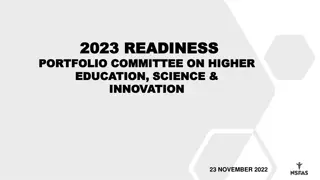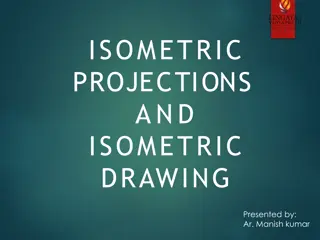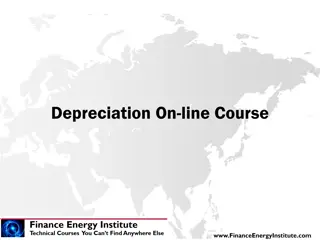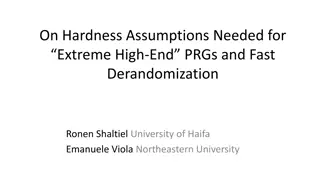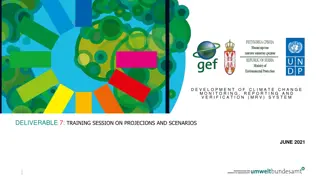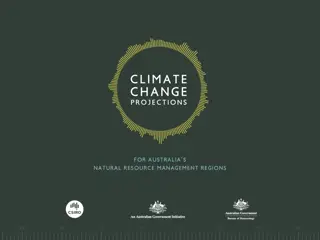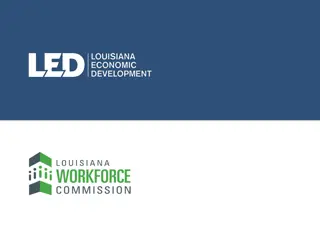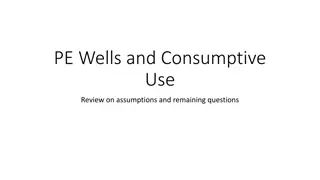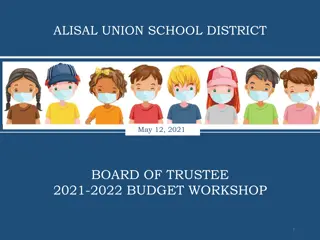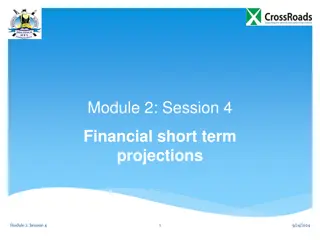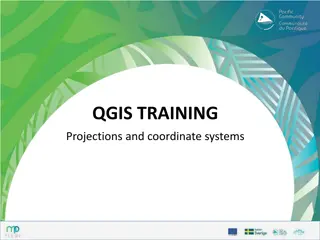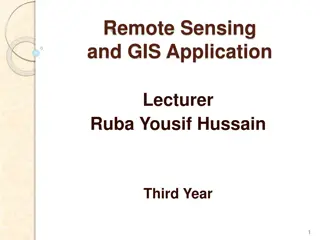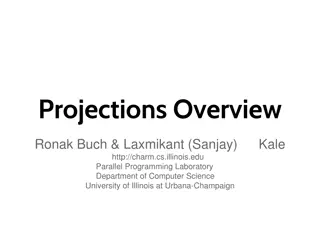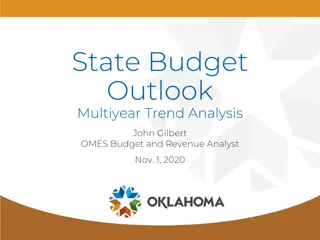
Assumptions for Projection Analysis in Food Security Planning
Explore the development of assumptions for projection analysis in food security planning, focusing on key factors and expected outlooks to anticipate future acute food insecurity. Consider seasonal events, positive/negative shocks, and ongoing conditions to project food security scenarios effectively.
Download Presentation

Please find below an Image/Link to download the presentation.
The content on the website is provided AS IS for your information and personal use only. It may not be sold, licensed, or shared on other websites without obtaining consent from the author. If you encounter any issues during the download, it is possible that the publisher has removed the file from their server.
You are allowed to download the files provided on this website for personal or commercial use, subject to the condition that they are used lawfully. All files are the property of their respective owners.
The content on the website is provided AS IS for your information and personal use only. It may not be sold, licensed, or shared on other websites without obtaining consent from the author.
E N D
Presentation Transcript
Developing assumptions for projection analysis Step 8 (Develop assumptions for future shocks and ongoing conditions) of the IPC Acute Analysis Worksheet Purpose: To provide analysts with expected outlook of the key factors Assumptions to be kept in mind when projecting different key indicators and the overall severity and magnitude of future acute food insecurity. Step 8 of Bamyan, Afghanistan 2019
Developing assumptions Describe key assumptions on impacts of shocks and ongoing conditions that are likely to affect food security in projected period considering: Seasonal/usual events and unusual shocks likely to happen - rely on evidence if possible Positive and negative shocks Events that have already happened or will likely happen (e.g. elections if they re likely to have an impact on food security )
The logical process of making assumptions The assumptions formulated in Step 8 will be used in Steps 9 and 10 as the basis of projection analysis For example: most households are likely to have stocks and do not need to resort to substantial coping mechanisms. First projection: slightly higher food prices than normally, but Assumption of low production of main stable crop based on harvest forecast: around 30% production decrease compared to last year. Second projection: households with low production start to run out of food stocks; food prices will increase substantially; poor urban households and those with low production have difficulties to meet food needs; they are also likely engage in coping and experience at least some food gaps.
Characteristics of assumptions Focus on key issues that are likely to have an impact on projected food security situation Assumptions for the most likely scenario not like this: Realistic assumptions based on past performance, trends, and seasonality patterns
Practical considerations Plenary session on assumptions in analysis workshop is useful Jointly agreed assumptions e.g. on evolution of prices, harvest prospects or conflict will 1. help analysts with their projections, and 2. ensure that area analyses are comparable Differences between areas can exist with valid reasons

